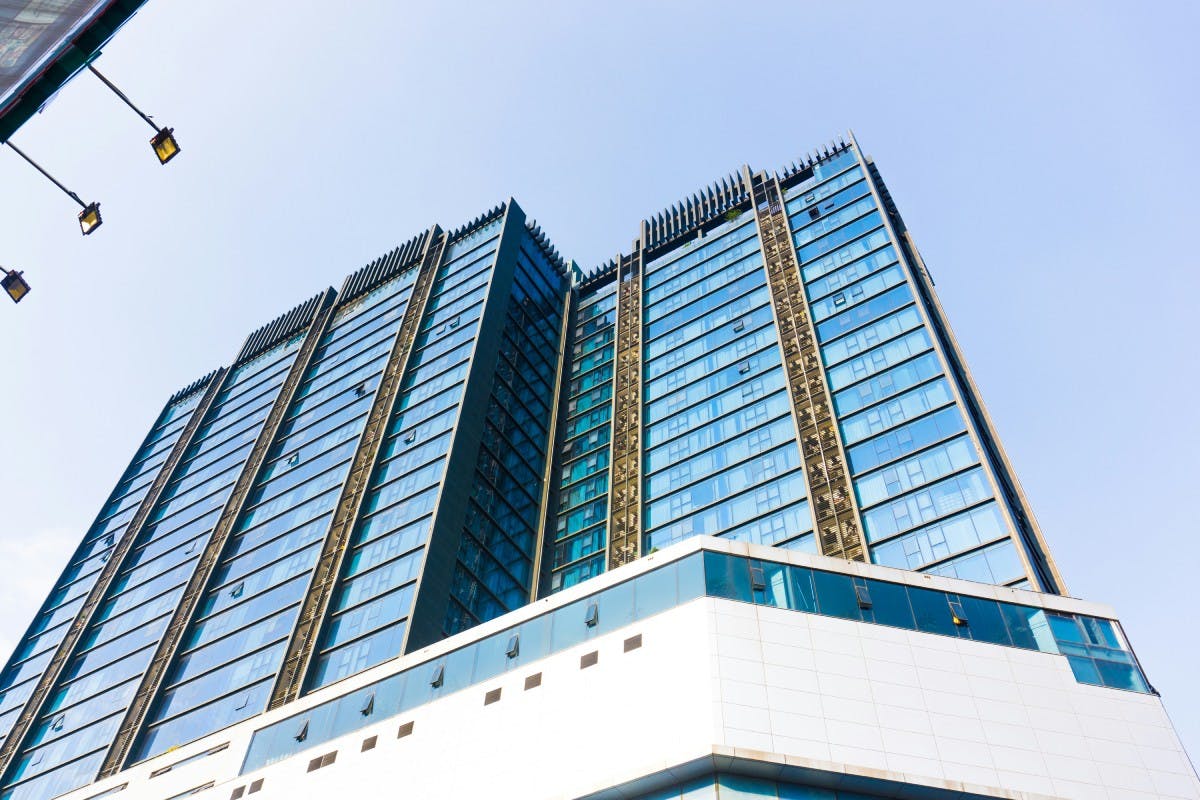Commercial
What is the relationship between cap rates and interest rates?
Published
16 January, 2023

The capitalisation rate is a very useful measurement for Australian commercial real estate investors, whether using it to determine the risk spread or the investment return, known as yield, of an office property, industrial property or even retail property.
With interest rates rising in Australia, there is a lot of discussion about how the escalating cash rate, set by the Reserve Bank of Australia (RBA), will impact commercial real estate cap rates. We thought we’d discuss the relationship between both cap rates and interest rates to help investors enter the discussion.
But the term capitalisation rate may be unfamiliar to many investors new to commercial property investment. So, let’s first help them with a definition.
How to find the capitalisation rate of a commercial property?

The capitalisation rate – often known as the cap rate – tells you the approximate annual operating cash flow (yield) you can expect given the price paid for a property.
As a calculation, the cap rate is the property’s Net Operating Income (NOI, which is revenue minus operating expenses) divided by the property’s value.
A cap rate can be used to compare a particular asset’s investment revenue potential with similar properties in similar areas (e.g. Sydney A-Grade Office). The higher the cap rate, the higher the risk. And typically, the higher the cap rate, the smaller the property value (based on its reduced NOI).
What is a good cap rate?
This is going to be different from investor to investor. Every investor’s financial goals are unique, as is their propensity to take on risk in order to receive a particular level of a return.
That said, many would consider a cap rate of between 5 per cent and 10 per cent to be good. However, this will come with a suitable pairing of risk. Below 5 per cent will likely produce lower risk, but given the costs involved in holding commercial real estate, there will be a longer holding period required before an investor’s initial outlay can be recouped.
Understanding the cap rate is crucial knowledge for commercial property investors. So is understanding how interest rates can impact it.
How are cap rates and interest rates related?
Higher borrowing costs

Many pundits talk about how rising interest rates in Australia will impact cap rates on commercial real estate assets. This is because the higher the cost of borrowing (brought upon by higher interest rates), the smaller the debt an income-generating property can service. This, logically, leads to a fall in property prices which increases cap rates.
That said, the above assumes that NOI is always steady – which is not always the case.
Long-term cap rates
10-year Australian Government Bonds are one of the most secure investments out there and are what many would consider zero-risk (or, at least, extremely low risk). After all, Australia’s federal government has never defaulted on interest repayments on the bonds it has issued.

So, how do bonds relate to cap rates and their relationship with interest rates?
Long-term bond rates represent the risk-free rate of return for long-term assets. They pay out a coupon (yield) to bond holders, which is set at the time the bond is issued. The yield is usually set higher than the interest rate at the time. Also, like the relationship between property value and yield, when interest rates rise, the value of a bond typically drops (and vice versa).
What does this mean for cap rates?
Because commercial real estate investment carries additional risks than 10-year government bonds, if the 10-year bond rate increases (as a result of higher interest rates), the long-term cap rate would likely increase as well.
Risk premium

The difference between interest rates and cap rates is known as the ‘risk premium’. This represents the compensation, or return, a commercial property owner will receive for accepting the risk of taking on the asset in comparison to an Australian Government Bond. The percentile difference is known as the ‘spread’.
So, let’s say interest rates are at 3.50 per cent. An investor purchasing an office asset with a 6.50 per cent cap rate has a 3 per cent spread – 3 per cent higher return with an appropriate amount of additional risk.
The lower the spread, the more the market is likely indicating lower future market values. The higher the spread, the possibility of higher future market values.



